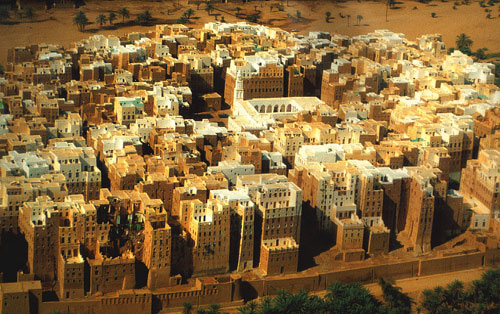
Shibam, Yemen, also known as ‘the manhattan of the desert’, is home to the world’s oldest surviving skyscrapers.

Architecture, Art, Design, and Culture using of mud, clay, soil, dirt & dust.

Shibam, Yemen, also known as ‘the manhattan of the desert’, is home to the world’s oldest surviving skyscrapers.
At the vanguard of efforts to revolutionise the way we build our homes are scientists who are taking their cues from the methods of the past to make mud the building block of the future.
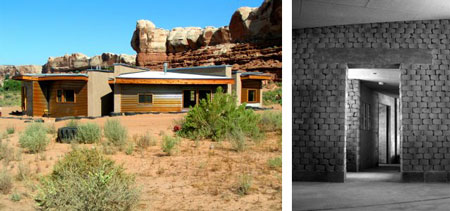
Design Build BLUFF has completed another house. This time a compressed earth block house called the Benally House. Visit the project blog to learn about the entire construction process. [ previously ]
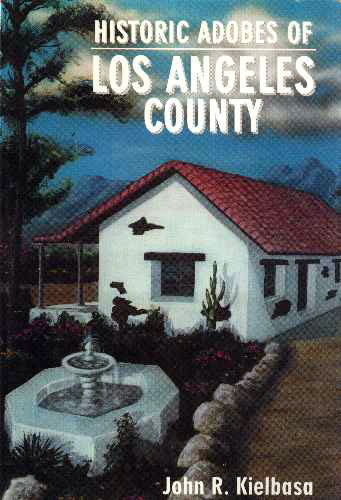
The book, Historic Adobes of Los Angeles County, documents the numerous eighteenth and nineteenth century adobe houses that are still standing in the metropolitan Los Angeles County area. An accompanying website offers insight to the books content, with an annotated table of contents that summarizes each section of the book and includes maps that allow for your own tour the 76 extant historic adobe structures in the greater Los Angeles metropolitan area.
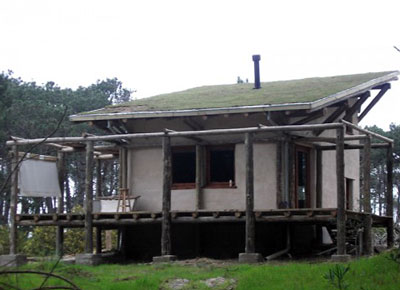
Uruguayan architect Andrés Nogués documents the design and construction of a unique log/mud brick house, la Casa de Adobes en La Juanita (above), as well as providing thoughtful essays on the subject of earthen architecture and links to various earth related sites on his blog, Arquitectura de Tierra en Uruguay. [Spanish Language website]
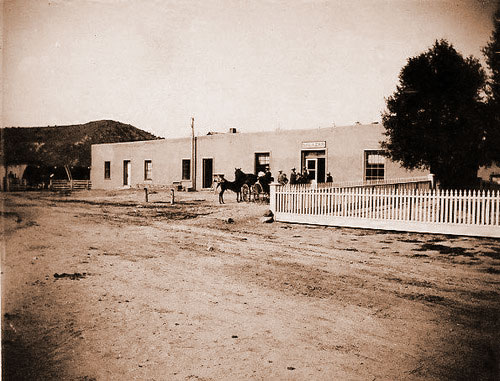
The R & R Market, located in San Luis, Colorado, is the oldest continuously operated business in Colorado and an historic adobe building that was constructed in 1857. The Business recently celebrated 150 years of operation. The photo above shows the building in 1867. More about the R&R Market can be found at the San Luis Preservation website.
According to this essay, the oldest mud brick structure in the world is the ceremonial enclosure of Khasekhemwy–Hierakonpolis.
Is there evidence of older buildings? What are they?
According to Wikipedia, “The earliest use of mudbricks was in the Near East during the Pre-pottery Neolithic B period,” which is between ca. 9600 and ca. 8000 BP
Is this the oldest? If not, how long has mud brick been in use?
Start a discussion in the comments section below.
Wikipedia notes:
“The Chinese were already familiar with the techniques of wall-building by the time of the Spring and Autumn Period, which began around the 8th century BC. During the Warring States Period from the 5th century BC to 221 BC, the states of Qi, Yan and Zhao all constructed extensive fortifications to defend their own borders. Built to withstand the attack of small arms such as swords and spears, these walls were made mostly by stamping earth and gravel between board frames.”
Is the Great Wall the oldest mud brick building in the world? If not, what is?
This article states:
“The year 2000 was to see the discovery in Lianyungang, Jiangsu Province of a township site of the Longshan Culture (c.2310-1810 BC). With its double encircling walls this find is further confirmation that the history of city building in antiquity can be traced back in China to the late Neolithic Age. The Longshan Culture is characterized by its burnished black pottery, examples of which were first unearthed in Longshan, Shandong Province in 1928. The Lianyungang site offers an insight into ancient building techniques through its finds of rammed earth foundations.”
Is this the oldest historical evidence of rammed earth? If not, how long has rammed earth been in use?
Start a discussion in the comments section below.

uni-terra is a networking platform for the global exchange of information, experience and know-how in earth architecture and building with earth at an academic level. Its aim is to promote knowledge transfer between academics and practitioners alike, to support the development of expertise in the field and to ensure its long-term sustainability for future generations. uni-terra is an initiative by the Dachverband Lehm e.V.
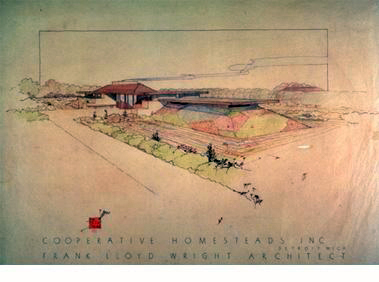
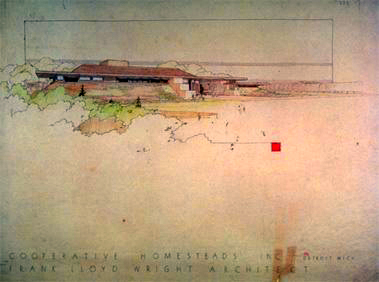
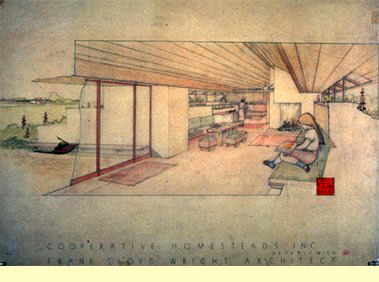
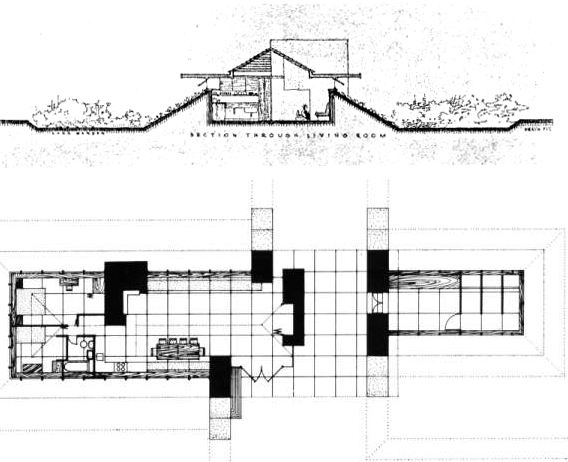
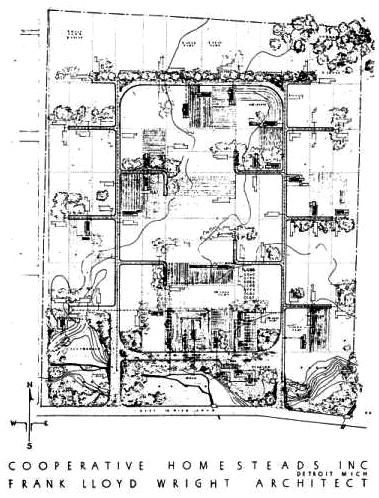
In 1941 Frank Lloyd Wright began the Cooperative Homesteads project in Madison Heights, Detroit Michigan. The homes were to cost $1,400 and to keep the costs low they utilized berm and rammed earth construction. It is said that the would be occupants for the houses were drafted during World War II and construction ceased. Read More [ 1 | 2 | 3 ]